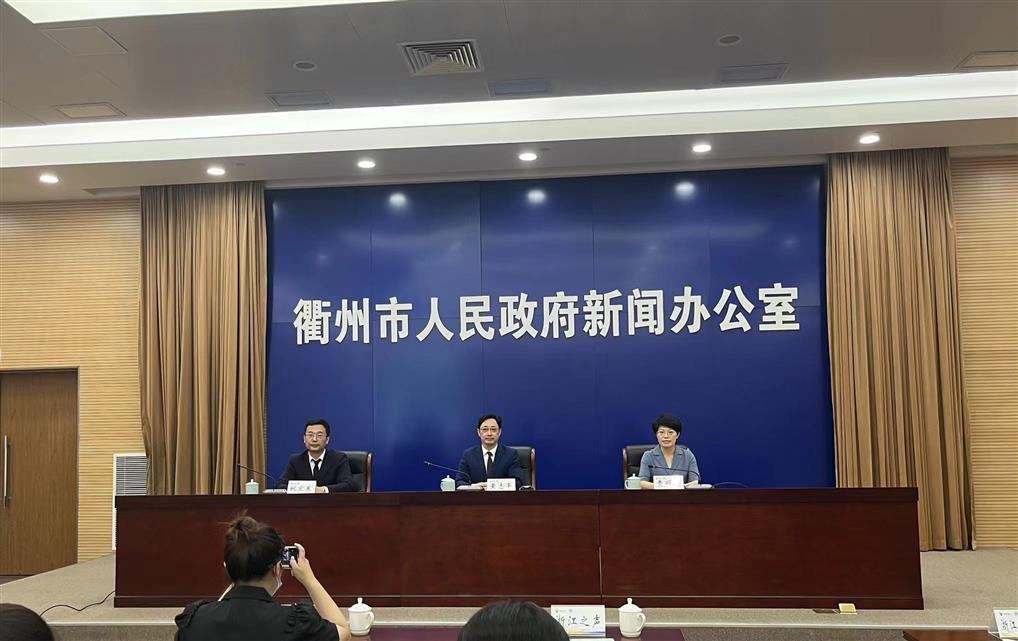Delivery in summer: multiple measures help construction workers to fight the heat of the heat
Author:Southern Magazine Time:2022.06.24
In summer, the construction workers adhere to the front line, not afraid of the heat, and sweat.In order to prevent high temperature and heat stroke incidents, the China Construction Second Bureau of the Shenzhen -Industry Nansha Hengli Island Project Department carried out the "Summer Sending Cooling" activity, sending care to the front line of the construction site, and sending care to employees and workers' hearts.

"It's so hot these days, you can drink more herbal tea." The workers said with a smile.While "sending cool" for the workers who fought at high temperatures, they also expressed condolences and gratitude to them. More than a hundred workers received heatstrokes such as herbal tea, paper towels, Huoxiang Zhengqi water.In addition, the project department also provides summer mung bean soup twice a day to send sincere care for workers.
In addition to the construction of summer and session, avoid high temperature operations, and care for workers' physical and mental health.The project department also told everyone to strictly implement the measures for heatstroke prevention and cooling, arrange the operation time reasonably, pay close attention to high temperature weather, adjust the schedule of front -line personnel, organize the work of the rotation class, combine the heatstroke prevention and production safety work to ensure the safe construction of front -line operators.
(Deng He Di)
- END -
From July 1st, the full process of the basic service of the Basic Service in Luzhou City is free

On June 27, the Press Office of the People's Government of Luzhou City held a pres...
[Learn and implement the spirit of the 14th Provincial Party Congress] Village Meiminfu Industry Wangxing Village Revitalize and Show Xingye
In the summer solstice, I walked into Guizhou Town, Guazhou County. The streets were spacious and tidy lush trees, and infrastructure such as cultural squares and other infrastructures. The implementa